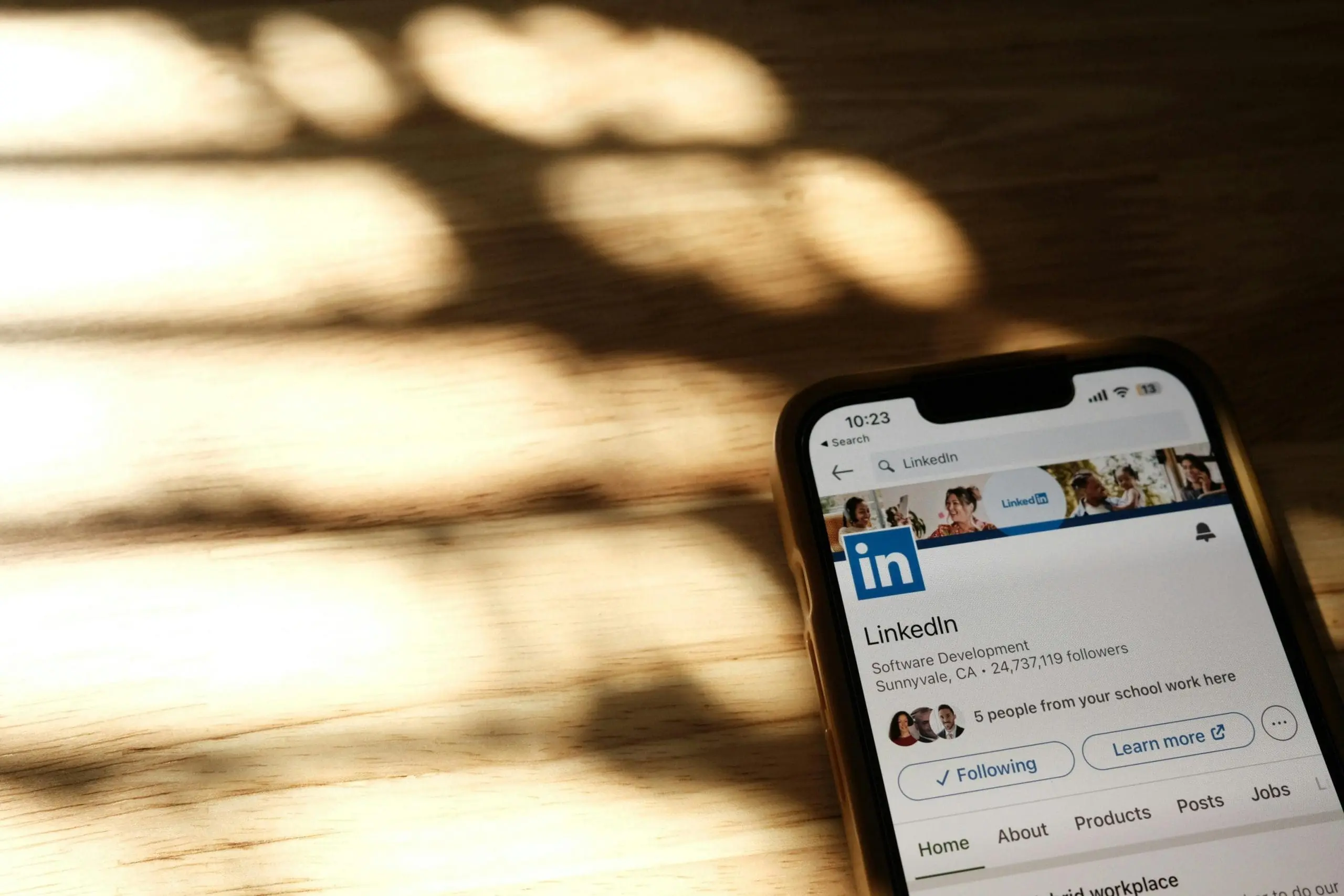LinkedIn has long been a cornerstone for B2B marketing in Australia. Over the past 12 months, we have seen the platform continue to grow, with a 31% YoY increase in sessions in 2024.
Like all social media platforms, LinkedIn’s sophisticated algorithm is continuously updating and it’s important to stay ahead of the latest trends affecting the reach and engagement of your posts. LinkedIn recently announced significant algorithm changes based on user feedback with two main goals:
- Surfacing more content that shares knowledge and advice
- Strengthening connections among people who know each other
So how can you leverage the LinkedIn algorithm to increase engagement and growth for your business? Check out our top insights below:
Increased Posts = Increased Followers
Pages that post weekly see 5.6 x more follower growth, reinforcing the importance of a consistent posting frequency. Timing is also crucial and we recommend waiting at least 24 hours after a previous post before publishing new content.
Moving towards mobile supremacy
Mobile usage continues to grow on LinkedIn with 65% of engagements now happening on a mobile device. This shift underscores the importance of prioritising mobile optimisation through the use of shorter captions, multi-image posts, vertical video and subtitles.
Harnessing the power of video
LinkedIn videos get 5 x the amount of engagement as static posts. The platform is currently testing a dedicated “video” tab within the LinkedIn app resembling TikTok’s vertical video format.
Prioritising immediate engagement
The first 60 minutes is the most important engagement phase for your posts as immediate interactions play a crucial role in boosting a post’s visibility in the first 6 hours. To boost engagement, we recommend utilising the ‘notify employees’ feature to alert your team that a post has gone live, increasing reach and employee advocacy.
Prioritising Original Content
LinkedIn’s AI functionality is screening duplicate posts and prioritising original content. After A/B testing a range of posts, we have identified that the reach of reshared and reposted content is more than 30% lower, as it is not considered ‘original content’. The LinkedIn algorithm is also penalising LinkedIn posts which include outbound links due to their desire to retain user attention on the platform.
